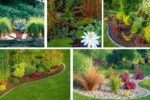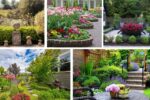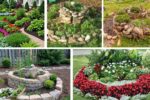When it comes to garden design, corners are often the most overlooked spaces. They tend to be either left bare or used as storage areas, but with the right approach, corners can become some of the most captivating parts of your outdoor space. One of the best ways to utilize these often-wasted areas is by creating L-shaped flower beds. These beds are designed to hug the corner of your yard, patio, deck, or even house walls, transforming unused spots into lush displays of greenery and blooms.
In this article, we’ll explore the concept of L-shaped flower beds, their benefits, design possibilities, and practical tips for making them both functional and beautiful. Whether you have a small garden or a large landscape, these flower beds can help you maximize your space while adding structure, balance, and charm.
Why Choose L-Shaped Flower Beds?
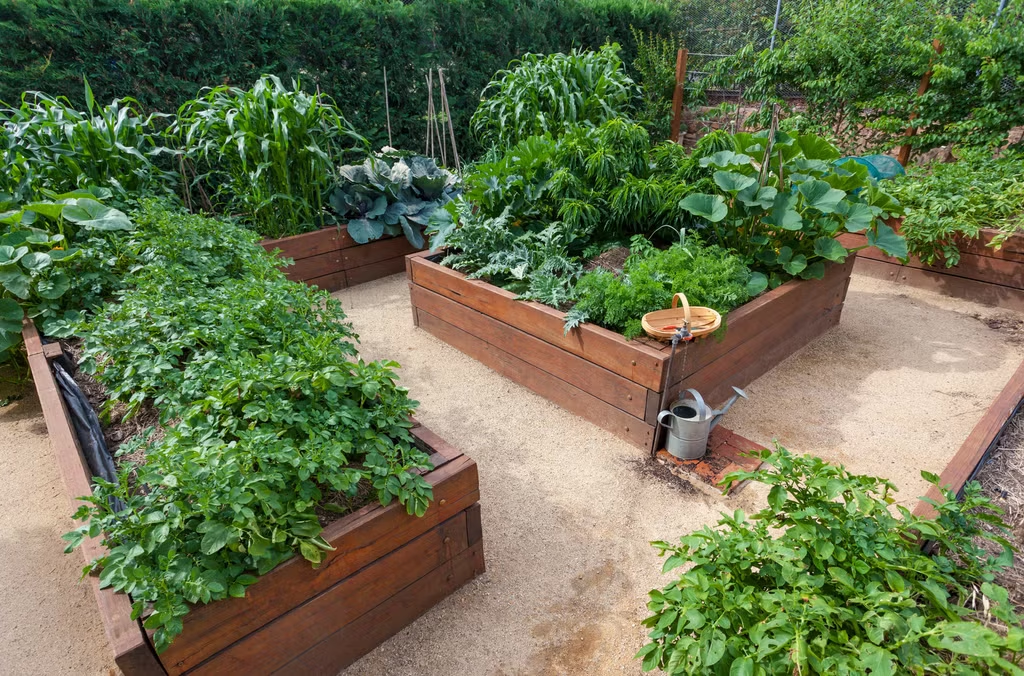
L-shaped flower beds are more than just a way to decorate corners—they bring versatility and style to your garden layout. Here’s why they’re such a great option:
- Efficient Use of Space
Corners often remain empty because their shape makes them tricky to use. An L-shaped bed turns awkward areas into stunning focal points without taking up too much of the open lawn or walking paths. - Natural Framing
These beds act as natural frames around patios, decks, fences, or garden furniture, giving the space a structured look and creating cozy, well-defined zones. - Flexible Design Options
L-shaped beds can be built in any size—from a few feet long for smaller gardens to large, dramatic beds for expansive yards. They can also be raised, tiered, or at ground level depending on your needs. - Great for Companion Planting
The design allows for a layered planting arrangement, where you can grow tall shrubs or climbing plants at the back and cascading or colorful blooms at the front.
Ideal Locations for L-Shaped Flower Beds
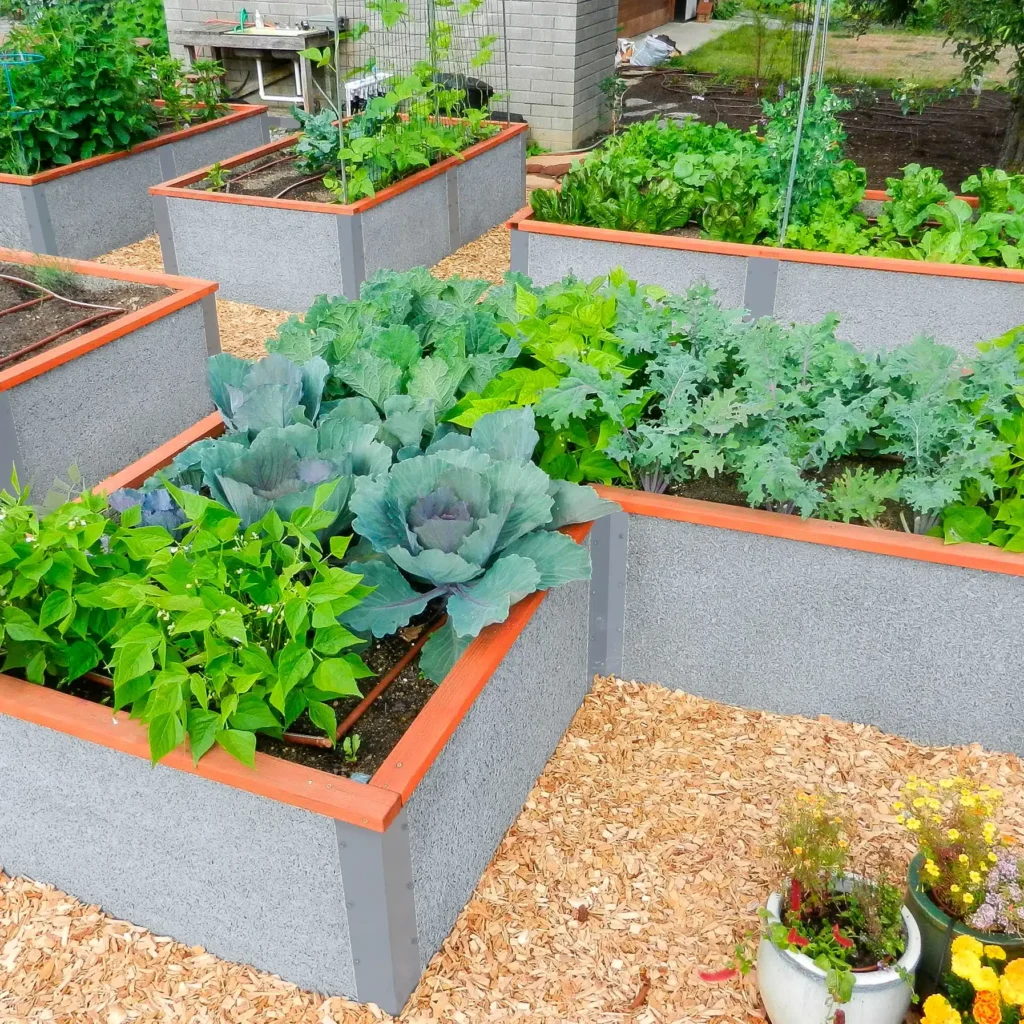
One of the best features of this design is its adaptability. Here are some popular places where L-shaped flower beds shine:
1. Garden Corners
Transform dull lawn edges into lively displays by filling them with a mix of perennials, annuals, and shrubs.
2. Deck or Patio Borders
L-shaped beds surrounding a deck or patio soften the hardscape, creating a seamless transition between indoor and outdoor living spaces.
3. Fence Lines
Corners where two fences meet are perfect for tall plants or climbers, while the shorter arms of the bed can feature seasonal blooms.
4. House Foundations
Installing L-shaped beds around the corners of your home adds curb appeal, especially when paired with foundation-friendly shrubs and flowers.
5. Walkway Entrances
Place L-shaped beds at the corner of paths or driveways to welcome guests with bursts of color.
Design Ideas for L-Shaped Flower Beds
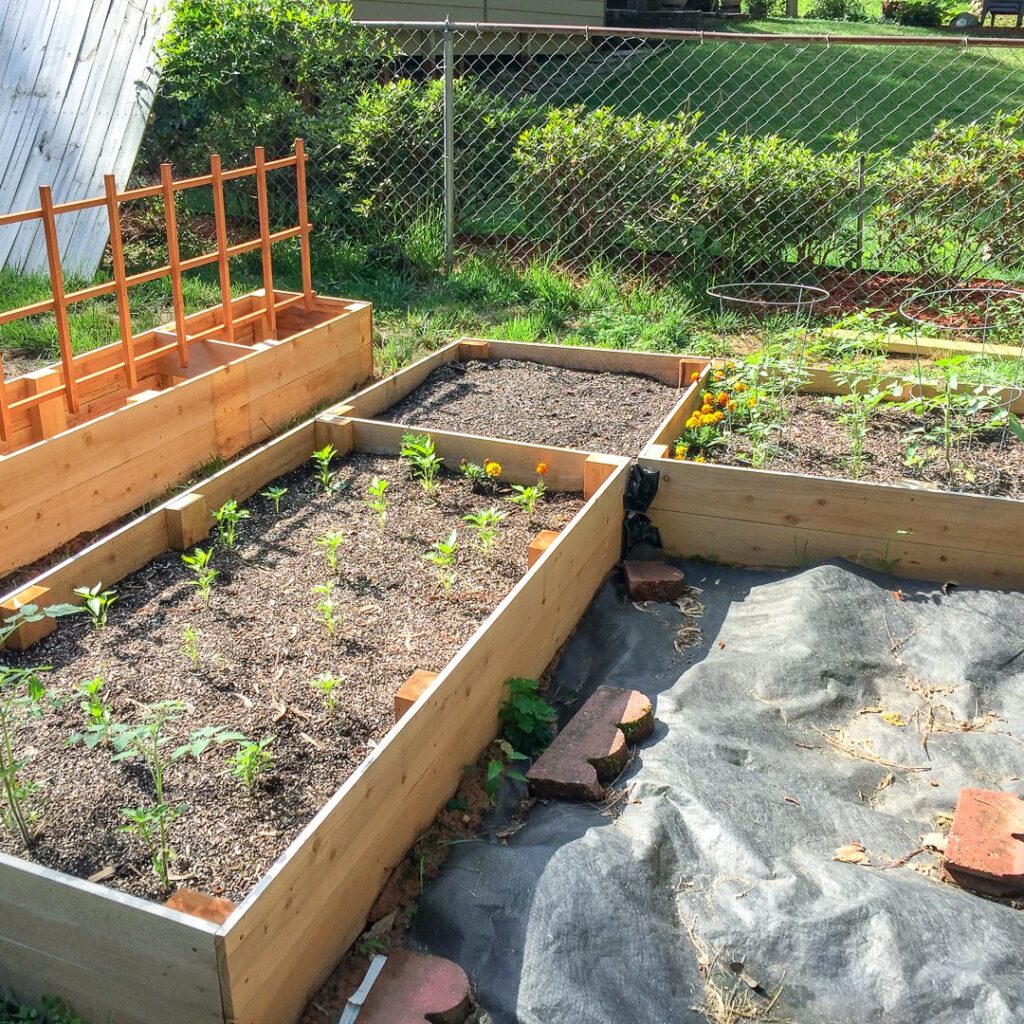
To make your L-shaped flower beds visually stunning, consider these design approaches:
1. Layered Look
- Place tall plants like hydrangeas, roses, or ornamental grasses in the back corner.
- Mid-sized perennials such as coneflowers, salvia, or daylilies can fill the middle rows.
- Add low-growing plants like alyssum, creeping thyme, or petunias at the front for a soft border.
2. Raised L-Shaped Beds
Building raised beds in an L-shape provides depth and makes gardening easier on your back. You can use wood, stone, or brick edging for a polished look.
3. Herb or Edible Beds
Use the design for functional gardening by planting herbs like basil, rosemary, and mint in one corner and small vegetables like peppers, lettuce, or cherry tomatoes in the other.
4. Themed Gardens
- Butterfly Garden: Fill the bed with nectar-rich flowers like lantana, butterfly bush, and zinnias.
- Fragrant Bed: Include lavender, jasmine, and roses for a sensory retreat.
- Tropical Theme: Use colorful foliage plants like coleus, canna lilies, and hibiscus for a bold effect.
5. Water Features or Accents
Add a small fountain, birdbath, or decorative trellis in the corner point of the L for added charm and interest.
Planting Suggestions for Seasonal Interest
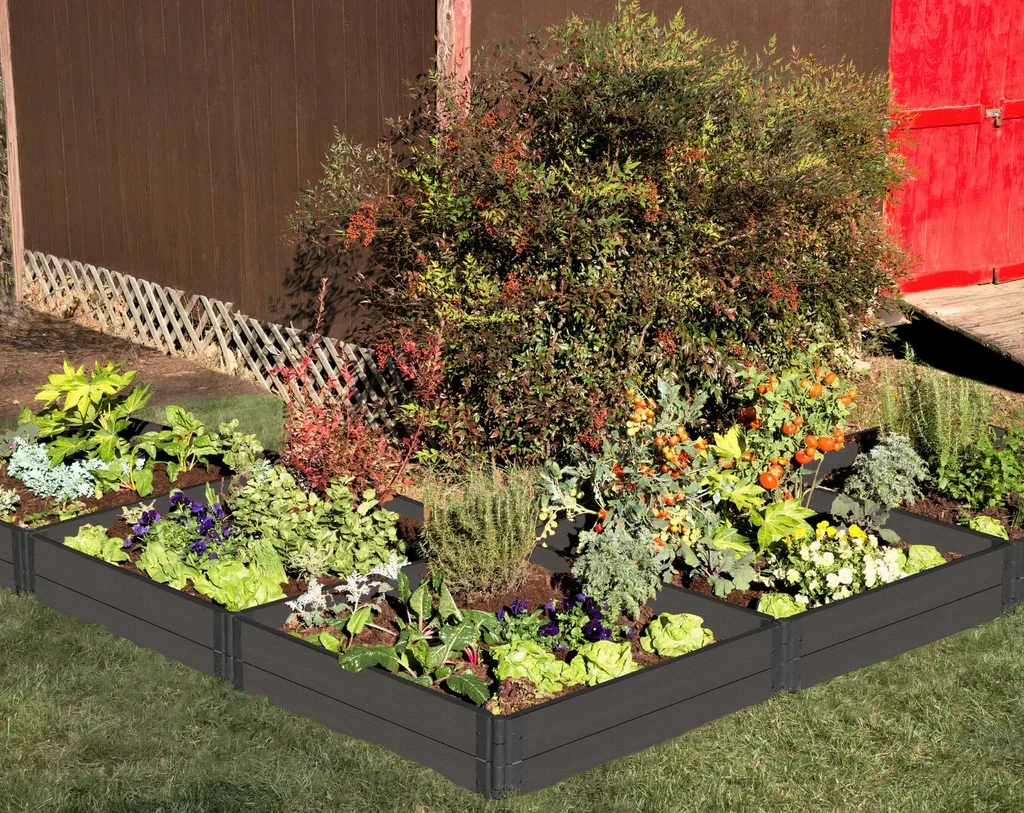
To keep your L-shaped flower bed vibrant year-round, mix perennials, annuals, and shrubs.
Spring
- Tulips
- Daffodils
- Hyacinths
- Primroses
Summer
- Petunias
- Coneflowers
- Geraniums
- Daylilies
Fall
- Chrysanthemums
- Ornamental kale
- Sedum (Autumn Joy)
- Asters
Winter
- Evergreen shrubs (boxwood, juniper, dwarf pines)
- Winter pansies
- Hellebores (Lenten rose)
Practical Tips for Building and Maintaining L-Shaped Flower Beds
- Measure Carefully
Before digging or building, measure the available corner space to determine the appropriate size of your L-shaped bed. - Prepare the Soil
Enrich the soil with compost, organic matter, or topsoil mix to ensure healthy plant growth. - Choose the Right Plants
Select plants based on sunlight exposure, climate, and soil type. Corners by fences or walls may receive partial shade, so shade-loving plants might work better there. - Plan for Height and Spread
Place taller plants at the back corner of the L and shorter ones along the arms to create balance and prevent overcrowding. - Add Mulch
Use mulch to retain moisture, reduce weeds, and give your bed a finished look. - Install Edging
Define your L-shaped bed with stone, brick, or metal edging for a crisp outline and easier maintenance. - Watering System
Consider installing drip irrigation or soaker hoses, especially for raised beds, to keep watering efficient. - Pruning and Deadheading
Regularly prune shrubs and deadhead flowers to maintain shape and encourage new blooms.
Benefits Beyond Beauty
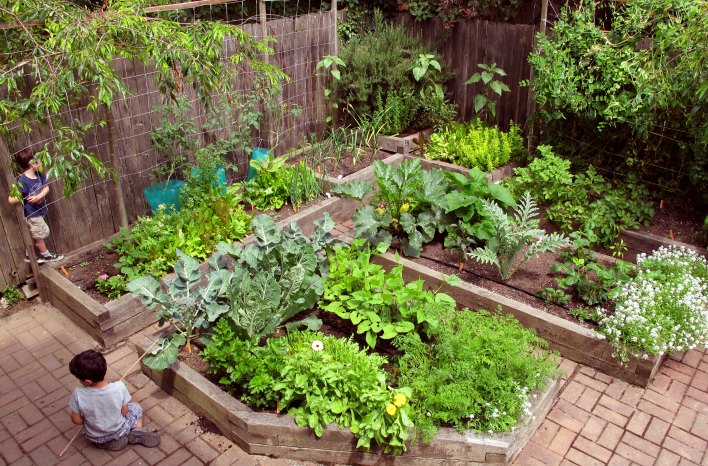
L-shaped flower beds don’t just enhance your garden visually; they offer practical and ecological benefits too:
- Encourages Biodiversity: By planting a mix of flowers, shrubs, and herbs, you attract pollinators like bees, butterflies, and hummingbirds.
- Improves Property Value: Well-designed gardens increase curb appeal and the resale value of your home.
- Creates Relaxing Spaces: Corners filled with lush plants bring serenity and can be paired with seating areas for personal retreats.
- Functional Division: They can act as natural barriers between different garden zones (play areas, vegetable patches, sitting spaces).
Final Thoughts
L-shaped flower beds are an innovative way to transform forgotten corners into highlights of your garden. They maximize space, provide structured beauty, and offer endless design opportunities, whether you prefer vibrant floral displays, serene green retreats, or practical herb gardens. With careful planning and thoughtful plant selection, these beds can give your outdoor space a fresh, polished look that is both welcoming and functional.
So, the next time you glance at that neglected corner of your garden, imagine how stunning it could look with an L-shaped flower bed bursting with color and life. This simple yet effective design might just be the missing element that ties your entire garden together.

